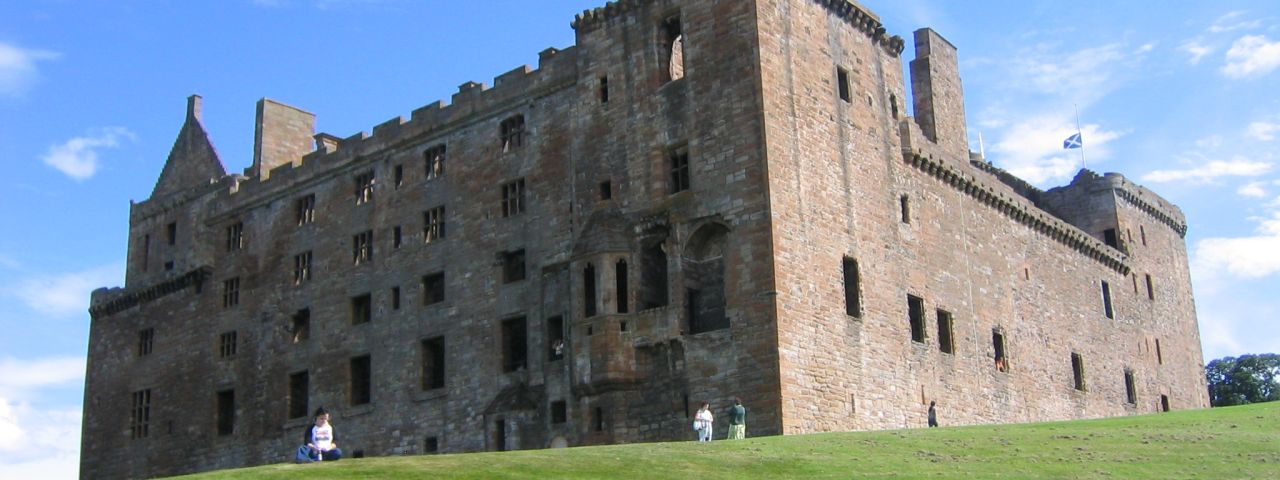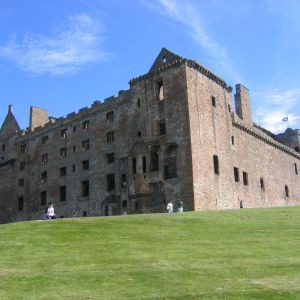Linlithgow Palace
Sightseeing attraction | Linlithgow | Scotland | United Kingdom
Historic sites in Scotland
Linlithgow Palace, an impressive ruin in the Scottish town of Linlithgow, West Lothian, was once a significant residence of the Scottish kings. The origins of the palace date back to the 12th century, when a royal manor house existed on this site. In 1424, a devastating fire partially destroyed the town, prompting King James I to initiate the reconstruction of the palace as a magnificent residence for the Scottish monarchy.
Linlithgow Palace visitor information
Over the following centuries, the palace was expanded and beautified by various monarchs. Kings James III, James IV, and James V greatly contributed to the development of the palace, shaping it into an impressive four-winged complex around a central courtyard. The architecture of the palace reflects the transition from medieval defensive structures to Renaissance residences, with a focus on comfort and grandeur rather than military defense.
Renaissance architecture in Scotland
One of the most famous historical figures associated with Linlithgow Palace is Mary Stuart, also known as Mary, Queen of Scots, who was born here in 1542. The palace served as a royal residence until the 17th century, but lost importance after the union of the Scottish and English crowns in 1603, when the court was moved to London.
Mary Stuart history and influence
During the English Civil War in the 17th century, the palace suffered significant damage and was eventually abandoned. Today, visitors can explore the ruins and admire the remains of the once magnificent halls, chambers, and impressive courtyard. Particularly noteworthy is the intricately designed fountain in the courtyard, which is one of the palace's most significant architectural features.




































































































































































